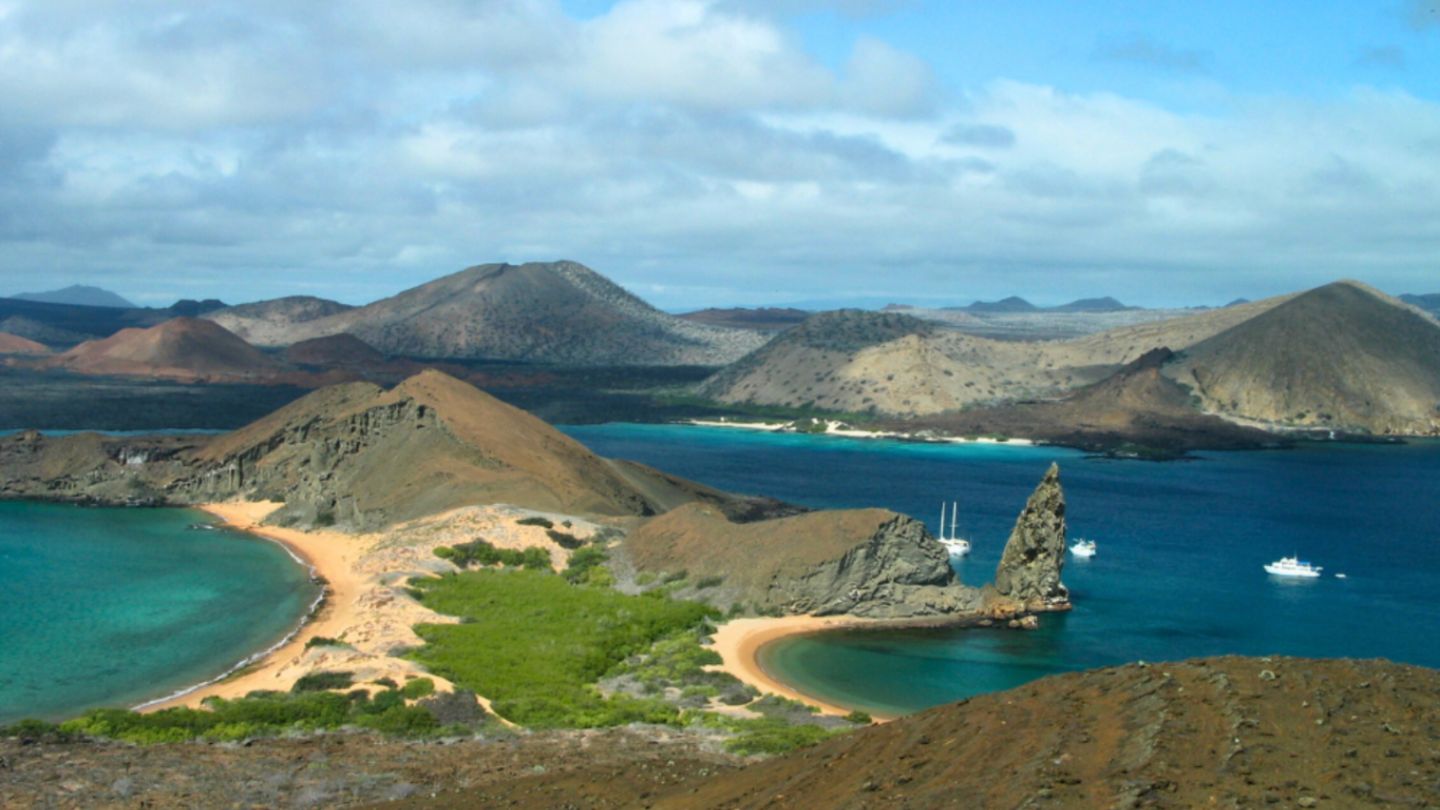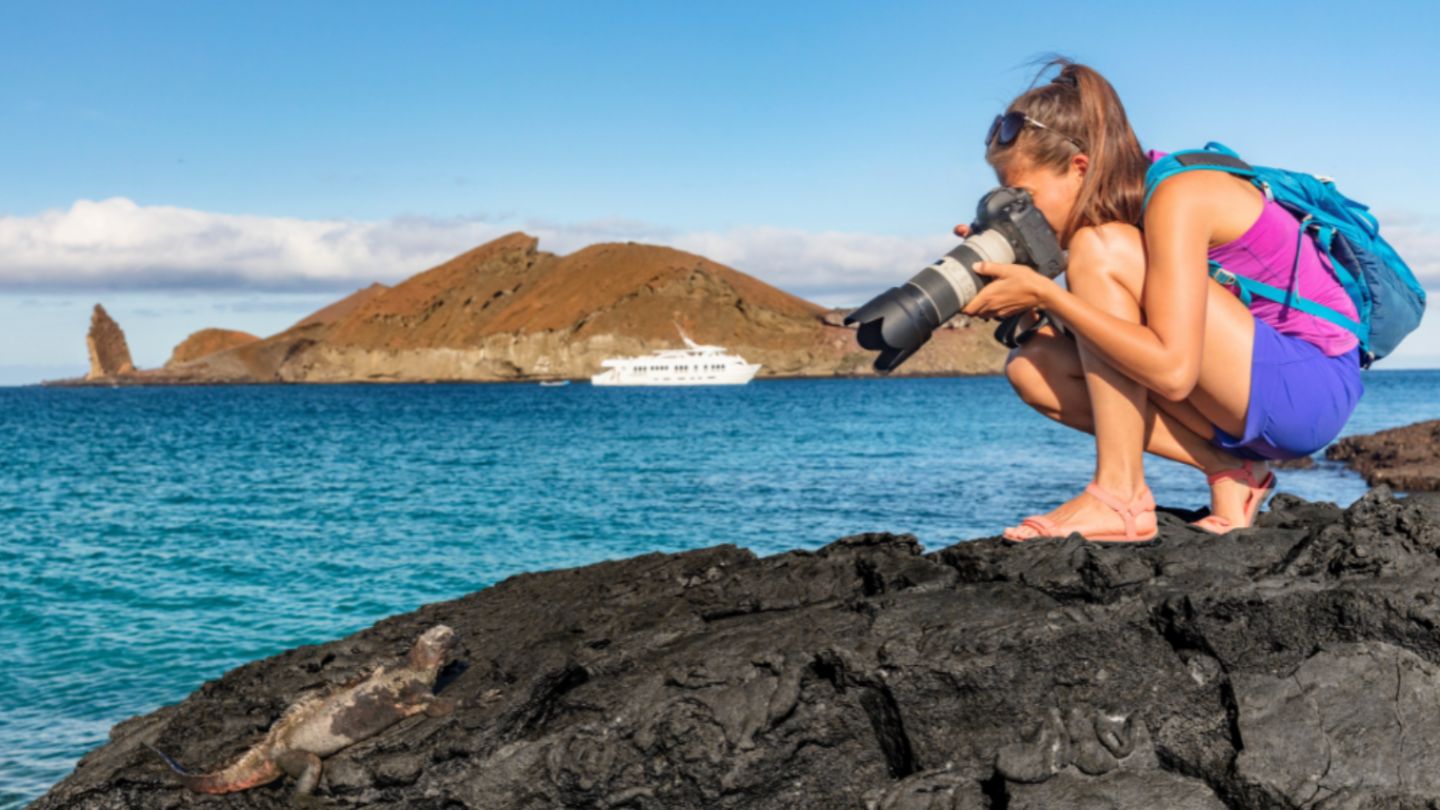Galapagos Islands Packing List: Essential Gear for Your Adventure
- Get link
- X
- Other Apps
Galápagos Islands Packing List:
Essential Gear for Your Adventure
What to Bring to the Galápagos Islands
Picture yourself on a cruise ship deck, observing giant tortoises moving across volcanic rocks and blue-footed boobies diving into clear waters. You reach for your camera to capture the moment, but the battery is empty because you forgot to pack a spare. Thoughtful packing helps you enjoy every moment of your trip to this remarkable destination.

At Dorian Destinations, we recognize that preparing for a Galápagos Islands journey involves thoughtful planning and the right equipment. Our team has supported travelers in exploring this unique archipelago for over a decade, and we understand what items contribute to a comfortable and memorable trip. Careful preparation often transforms a good adventure into an exceptional one.
Understanding the Galápagos Islands’ Climate
The Galápagos Islands are located on the equator, about 600 miles west of Ecuador’s coast. This position creates a climate that shifts throughout the year, which influences what you should pack. The islands have two main seasons: the warm, rainy season from January to May and the cool, dry season from July to November. December and June serve as transition months.
During the warm season, daytime temperatures typically range from 84–90°F (29–32°C). In the cool season, highs are usually between 70–81°F (21–27°C), with cooler nights and more frequent drizzle or wind. Understanding these patterns helps you pack appropriately for your travel dates.
Essential Clothing for Your Trip
Lightweight, Breathable Fabrics
- Choose cotton and linen for casual wear.
- Use moisture-wicking synthetic materials for active excursions.
- Select quick-drying clothes to stay comfortable in humid conditions.
- Avoid heavy fabrics like denim.
Sun Protection Clothing
- Pack long-sleeved shirts, lightweight pants, and wide-brimmed hats.
- Consider clothing with built-in UV protection, especially for sensitive skin.
Footwear for Different Activities
Water-Friendly Shoes
- Bring water shoes or amphibious sandals for protection and traction during water activities.
- Choose closed-toe options or sport sandals with adjustable straps.
- Avoid flip-flops, as they offer minimal protection.
Hiking and Walking Shoes
- Wear comfortable shoes with a good grip for land excursions.
- Lightweight hiking boots or sturdy sneakers provide ankle support.
- Break in your shoes before the trip.
- Pack adhesive bandages and moleskin for added comfort.
Photography and Electronics Gear

Camera Equipment Protection
- Use waterproof cases or dry bags for your electronics.
- Bring extra batteries and high-capacity memory cards, as charging options may be limited.
Underwater Photography Options
- Consider waterproof camera housings, disposable underwater cameras, or action cameras.
- Practice with your equipment before your trip.
- Use an underwater camera strap or floating grip.
- A small underwater light can improve photo quality.
Snorkeling and Water Activity Gear
Personal Snorkeling Equipment
- Most cruises and tours provide or rent snorkeling gear.
- Bringing your own mask and snorkel can improve fit and hygiene.
- Fins should fit snugly; consider fin socks or booties for comfort.
Wetsuit Considerations
- Water temperatures range from 66–76°F (19–24°C). Temperatures can occasionally drop to 64°F (18°C) during peak cool season.
- A thin wetsuit (2–3mm) is useful during the cool season or early swims.
- A rash guard or wetsuit top offers warmth with less bulk.
Health and Safety Essentials
First Aid and Medications
- Carry a first aid kit with bandages, antiseptic wipes, pain relievers, and prescription medications.
- Include motion sickness medication for boat travel.
Sun Protection Products
- Use mineral-based, reef-safe sunscreen with SPF 45 or higher for stronger protection.
- Bring SPF lip balm and after-sun lotion or aloe vera gel.
Luggage and Packing Tips
Choosing the Right Luggage
- Soft-sided luggage fits well on boats and small planes.
- Wheeled luggage may be less practical on uneven terrain.
- Most flights allow one checked bag up to 50 lbs (23 kg) and a carry-on up to 22 lbs (10 kg).
- Inter-island flights may have stricter limits.
- Bring a small day bag or backpack for daily excursions.
Packing Organization
- Use packing cubes or compression bags to organize and maximize space.
- Group similar items together and use clear bags for visibility.
- Pack heavier items at the bottom for balance.
- Keep essential items in your carry-on.
Frequently Asked Questions
-
What Should I Pack for Swimming in the Galápagos Islands?
For swimming in the Galápagos Islands, pack a wetsuit or rash guard for warmth, water shoes for protection, and your own snorkeling gear if preferred. A wetsuit is especially helpful during the cool season (June to November), while a rash guard is often suitable in the warm season. Water temperatures generally range from 66–76°F (19–24°C), with the warmest water from December to May and cooler temperatures from June to November. Thermal protection is recommended, particularly in the cooler months.
-
Can I Bring My Own Snorkeling Equipment?
Yes, you may bring your own snorkeling equipment to the Galápagos Islands. Many travelers choose this option for comfort and hygiene. Pack your mask, snorkel, and fins in a mesh bag for convenient transport and drying.
-
Do I Need Special Permits for Photography Equipment?
No, you do not need special permits for personal photography equipment in the Galápagos Islands. Permits may be required for professional photography or filming. Standard cameras and equipment for personal use are permitted. Store your gear in protective cases to help prevent damage from salt air and moisture.
-
What Type of Luggage Is Suitable for Island Hopping?
Soft-sided luggage is suitable for island hopping in the Galápagos Islands, as it fits easily into small storage spaces on boats and planes. Hard cases and wheeled luggage can be difficult to maneuver on uneven surfaces. A sturdy duffel bag or soft suitcase with reliable handles is a practical choice.
-
Should I Pack Insect Repellent?
Yes, packing insect repellent is recommended for travel to the Galápagos Islands, especially during the warm season. Select DEET-free, eco-friendly options to protect the environment. Insect repellent is particularly useful after rain or in highland areas, although insects are generally not a significant concern. Mosquitoes and other insects may be present in areas with vegetation and freshwater.
Prepare for Your Galápagos Islands Adventures

Packing thoughtfully for your Galápagos Islands trip helps you enjoy the unique environment and activities available. The right gear supports a comfortable and memorable experience. Since shopping opportunities are limited, bring all necessary items with you.
Dorian Destinations supports travelers in planning their Galápagos Islands journeys. Our team assists with every detail, from accommodations to private guides and excursions, so you can focus on enjoying the wildlife and scenery.
Get Ready for the Galápagos With This Must-Have Packing List
Call Dorian Destinations at (305) 440-9200 Today!
(305) 440-9200
Dorian Destinations
(305) 440-9200
Listen to the Podcast
Our Services
Tours & Services
Destinations
Discover the World with Dorian Destinations
(305) 440-9200

from Dorian Destinations https://doriandestinations.com/galapagos-islands-packing-list-essential-gear-for-your-adventure/
via Dorian Destinations
- Get link
- X
- Other Apps
Comments
Post a Comment